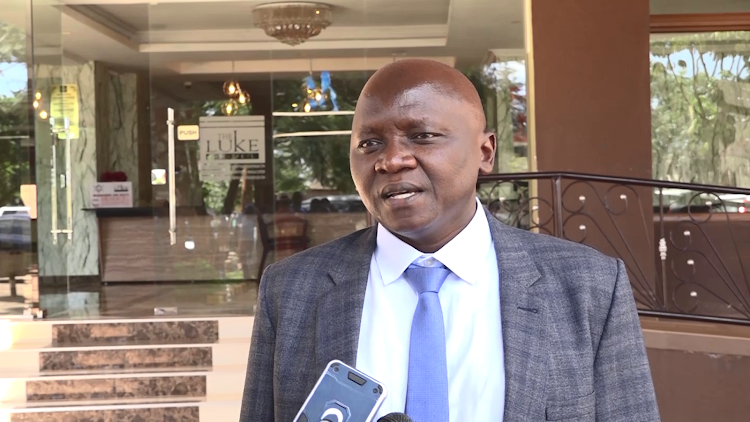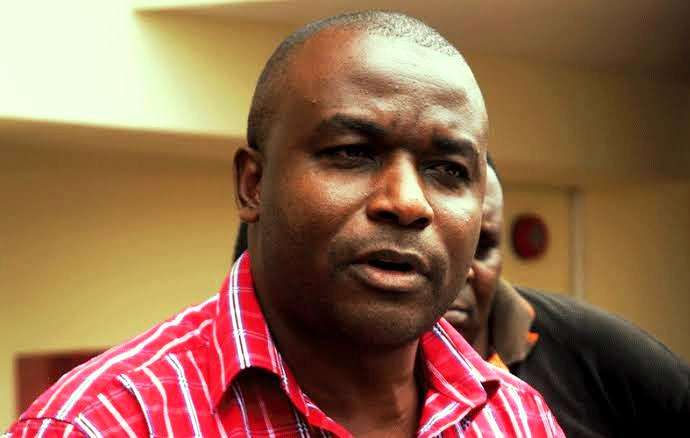Currently, 43 counties reserve hospital-generated revenues to address health sector expenses, according to Ahmed Abdullahi, Chairperson of the Council of Governors (COG). He noted that all 47 counties are supplementing funding for health facilities, but the support remains insufficient under the 2023 Facilities Improvement Financing (FIF) Act. “COG continues to engage Public Finance Management actors at the national and county levels to facilitate autonomy as envisioned under the FIF Act,” said Abdullahi
Governors are calling on the national government to grant them complete autonomy in managing funds generated by public hospitals within their respective counties. This push comes as counties grapple with frequent delays in the disbursement of shareable revenue from the National Treasury, which has strained the health sector’s operations.
Currently, 43 counties reserve hospital-generated revenues to address health sector expenses, according to Ahmed Abdullahi, Chairperson of the Council of Governors (COG). He noted that all 47 counties are supplementing funding for health facilities, but the support remains insufficient under the 2023 Facilities Improvement Financing (FIF) Act. “COG continues to engage Public Finance Management actors at the national and county levels to facilitate autonomy as envisioned under the FIF Act,” said Abdullahi.
The FIF Act empowers counties to collect, retain, and manage health services revenue, establishing facility-specific accounts to ensure funds directly support operations. The Act mandates that such income supplements county-allocated budgets for health facilities rather than replacing them. Speaking at the launch of a financial management manual for hospitals, Abdullahi emphasized the importance of proper governance frameworks to address health sector challenges. “The facility-in-charge must understand the internal and external environment in which the facility exists,” he said.
Hospitals are now audited as independent spending units, and governors are pushing for enhanced systems and capacity-building to ensure resources are managed efficiently. The manual, coupled with training, aims to equip county health officials with leadership skills to strengthen governance and accelerate improvements in service delivery.
As Kenya transitioned to the Social Health Insurance Fund (SHIF), Abdullahi highlighted progress, including the registration of 14.8 million Kenyans and 5,300 public health facilities under the Social Health Authority (SHA). However, challenges remain. Abdullahi criticized Proxy Means Testing, used to determine informal sector premiums, as a barrier to transitioning to the new health scheme.
“The core problems that informed the reform agenda—mandatory payments for the informal sector, adverse selection, and prioritizing preventive over curative services—persist under SHA,” he noted.
Health Principal Secretary Mary Muthoni acknowledged the sector’s chronic underfunding, which has left public hospitals struggling to meet the growing demand for affordable healthcare. She emphasized the importance of the FIF manual in mobilizing domestic health resources, improving financial management, and supporting the timely procurement of health commodities.
“Kenyans are entitled to the highest attainable standard of health, which includes reproductive health care services and emergency treatment,” Muthoni said, urging counties to invest in the training and capacity-building of facility managers to optimize the use of FIF funds. With enhanced autonomy and governance, counties hope to overcome funding bottlenecks and deliver on their mandate to provide quality healthcare for all.





